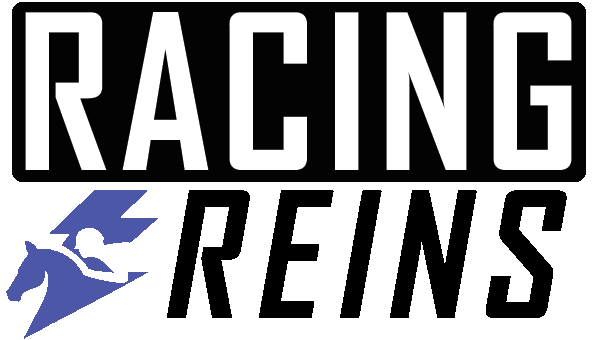
The Horseracing Integrity and Safety Authority (HISA) has partnered with Palantir Technologies to develop an AI-based tool that identifies horses at risk of injury before they race, significantly reducing the time it takes to evaluate each horse’s health information and historical data.
‣ The Horseracing Integrity and Safety Authority (HISA) has collaborated with Palantir Technologies to develop an AI-enabled tool that can identify horses at risk of injury before they race. The tool will generate daily reports for each racetrack, highlighting any horses that may present potential injury risk factors.
‣ The tool reviews health information and historical entry data to determine the risk of injury for each horse. It considers factors such as the length of a horse’s previous layoff, term with current trainer, history on the vet’s list, and other indicators of previous injury or poor performance. This process, which used to take veterinarians an average of five hours per race, can now be completed in minutes.
‣ HISA plans to start using this tool in early 2024. The tool will send daily reports to racetracks and regulatory veterinarians around the country, providing them with data and resources.
The Horseracing Integrity and Safety Authority (HISA) has teamed up with Palantir Technologies. They’re a big name in the artificial intelligence game. Together, they’re developing a data-driven tool to help those in the horse racing industry spot horses that might be at risk of injury before they hit the track. This news came out in a press release from HISA on Tuesday morning.
This tool isn’t just a one-time thing. It’ll churn out a daily report for each racetrack. It’ll flag any horses that are racing that day and might be at risk of getting hurt. It’s all about identifying these at-risk horses quickly and accurately. Plus, it’ll help with the hands-on pre-race inspections of each runner.
Now, let’s talk about how this tool works. It looks at health information and historical entry data for each horse in a race. It uses this data to figure out if a horse is at a higher risk of injury. It takes into account things like how long it’s been since the horse last raced, how long it’s been with its current trainer, and its vet history. It also looks at other signs of past injury or poor performance. Before this tool, vets would spend about five hours per race going over these records. Now, it takes just a few minutes.
HISA’s CEO, Lisa Lazarus, had a few things to say about this. She mentioned that HISA is always looking for ways to use data and technology to reduce horse injuries and deaths. She’s hopeful that this new tech will help identify at-risk horses more efficiently and accurately. It’s all part of the process of figuring out if a horse is fit to race. This tool will help automate a process that used to take up a lot of vets’ time. Lisa is excited about working with the experts at Palantir on this and future projects.
Ted Mabrey, Palantir’s Head of Global Commercial, also chimed in. He said that Palantir is proud to support HISA in its mission to use technology to make horse racing safer. HISA recently attended a boot camp for Palantir’s Artificial Intelligence Platform (AIP). They’ve quickly scaled up their use of the platform. Ted believes that real-world outcomes, like horse safety, can be achieved quickly with the help of AIP and boot camps.
Steve Keech, HISA’s Director of Data Usage and Technology Innovation, also had something to say. He mentioned that by using Palantir’s technology, HISA can significantly cut down the time it takes to identify at-risk horses. He’s looking forward to rolling out this tool to all racetracks under HISA’s jurisdiction. This partnership with Palantir puts HISA at the cutting edge of sports technology. Steve is confident that this partnership will be a game-changer for horse safety.
HISA plans to start using this tool in early 2024. It’ll send daily reports to racetracks and regulatory vets all over the country. These reports will give them the data and resources they need.
